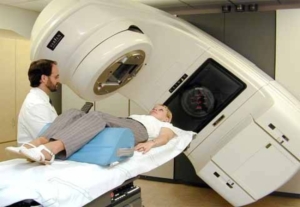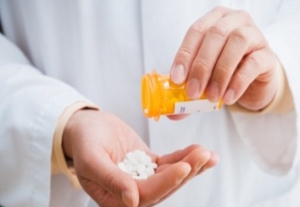We may all think that we are healthy, however, Leukaemia is unpredictable and unpreventable, no one would know when one will get Leukaemia.
I’m not saying that you will get cancer one day.. But it is always good to prevent yourself from cancer by keeping a healthy body, isn’t it?
Many cancer deaths could be prevented by making healthy choices like not smoking, staying at a healthy weight, eating right, keeping active, and getting recommended screening tests.
Following are a few tips on staying healthy and possibly stay away from cancer.
- Stay away from Tabacco
Using any type of tobacco puts you on a collision course with cancer. Smoking has been linked to various types of cancer — including cancer of the lung, mouth, throat, larynx, pancreas, bladder, cervix and kidney. Xhewing tobacco has been linked to cancer of the oral cavity and pancreas. Even if you don’t use tobacco, exposure to secondhand smoke might increase your risk of lung cancer.
Avoiding tobacco — or deciding to stop using it — is one of the most important health decisions you can make. It’s also an important part of cancer prevention. If you need help quitting tobacco, ask your doctor about stop-smoking products and other strategies for quitting.
- Eat a healthy diet
- eat plenty of fruits and vegetables
- avoid obesity
- moderation or none alcohol
- Maintain a healthy weight and be physically active
Maintaining a healthy weight might lower the risk of various types of cancer, including cancer of the breast, prostate, lung, colon and kidney.Physical activity counts, too. In addition to helping you control your weight, physical activity on its own might lower the risk of breast cancer and colon cancer.
Adults who participate in any amount of physical activity gain some health benefits. But for substantial health benefits, strive to get at least 150 minutes a week of moderate aerobic activity or 75 minutes a week of vigorous aerobic physical activity. You can also do a combination of moderate and vigorous activity. As a general goal, include at least 30 minutes of physical activity in your daily routine — and if you can do more, even better.
- Protect yourself from the sun
- avoid midday sun
- stay in the shade
- cover exposed areas
- don’t skimp on sunscreen
- avoid tanning beds and sunlamps






